 Use of CVO Material and Copyright Information
Use of CVO Material and Copyright Information

 Use of CVO Material and Copyright Information
Use of CVO Material and Copyright Information
|
 [Image,67K,JPG]
[Image,67K,JPG]
 [Image,62K,JPG]
[Image,62K,JPG]
 [Image,44K,JPG]
[Image,44K,JPG]
 [Image,80K,JPG]
[Image,80K,JPG]
 [Image,143K,GIF]
[Image,143K,GIF]
 [Image,94K,JPG]
[Image,94K,JPG]
 [Image,175K,GIF]
[Image,175K,GIF]
 [Image,53K,JPG]
[Image,53K,JPG]
 [Image,80K,JPG]
[Image,80K,JPG]
 [Pictogram,267K,InlineGIF]
[Pictogram,267K,InlineGIF]
 [Image,63K,JPG]
[Image,63K,JPG]
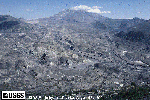 [Image,56K,JPG]
[Image,56K,JPG]
 [Image,333K,GIF]
[Image,333K,GIF]
 [Pictogram,280K,InlineGIF]
[Pictogram,280K,InlineGIF]
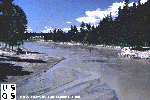 [Image,113K,GIF]
[Image,113K,GIF]
 [Image,95K,JPG]
[Image,95K,JPG]
 [Image,102K,JPG]
[Image,102K,JPG]
 [Pictogram,323K,InlineGIF]
[Pictogram,323K,InlineGIF]
 [Image,74K,JPG]
[Image,74K,JPG]
 [Image,45K,JPG]
[Image,45K,JPG]
 [Image,60K,JPG]
[Image,60K,JPG]
 [Image,36K,JPG]
[Image,36K,JPG]
 [Image,69K,JPG]
[Image,69K,JPG]
 [Image,46K,JPG]
[Image,46K,JPG]
 [Image,51K,JPG]
[Image,51K,JPG]
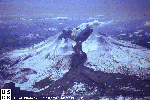 [Image,73K,JPG]
[Image,73K,JPG]
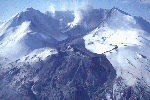 [Image,260K,GIF]
[Image,260K,GIF]
 [Image,56K,JPG]
[Image,56K,JPG]
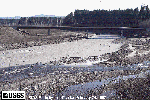 [Image,132K,JPG]
[Image,132K,JPG]
 [Image,63K,JPG]
[Image,63K,JPG]
 [Image,63K,JPG]
[Image,63K,JPG]
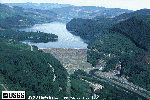 [Image,49K,JPG]
[Image,49K,JPG]
 [Image,61K,JPG]
[Image,61K,JPG]
 [Pictogram,240K,InlineGIF]
[Pictogram,240K,InlineGIF]
 [Image,48K,JPG]
[Image,48K,JPG]
 [Image,234K,GIF]
[Image,234K,GIF]
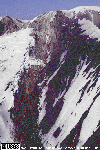 [Image,222K,GIF]
[Image,222K,GIF]
 [Image,275K,GIF]
[Image,275K,GIF]
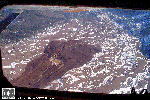 [Image,270K,GIF]
[Image,270K,GIF]
 [Image,36K,JPG]
[Image,36K,JPG]
 [Image,47K,JPG]
[Image,47K,JPG]
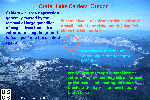 [Pictogram,170K,InlineGIF]
[Pictogram,170K,InlineGIF]
 [Image,79K,JPG]
[Image,79K,JPG]
 [Image,64K,JPG]
[Image,64K,JPG]
| CVO Photo Archives - Hydrologic Monitoring Images |
 [Image,80K,JPG]
[Image,80K,JPG]
 [Image,235K,GIF]
[Image,235K,GIF]
 [Image,62K,JPG]
[Image,62K,JPG]
 [Image,67K,JPG]
[Image,67K,JPG]
 [Image,118K,GIF]
[Image,118K,GIF]
 [Image,43K,JPG]
[Image,43K,JPG]
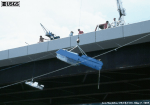 [Image,63K,JPG]
[Image,63K,JPG]
 [Image,68K,JPG]
[Image,68K,JPG]
 [Image,157K,GIF]
[Image,157K,GIF]
 [Image,108K,GIF]
[Image,108K,GIF]
 [Image,80K,JPG]
[Image,80K,JPG]
 [Image,143K,GIF]
[Image,143K,GIF]
 [Image,94K,JPG]
[Image,94K,JPG]
 [Image,53K,JPG]
[Image,53K,JPG]
| Special Photo Features - Hydrology |
